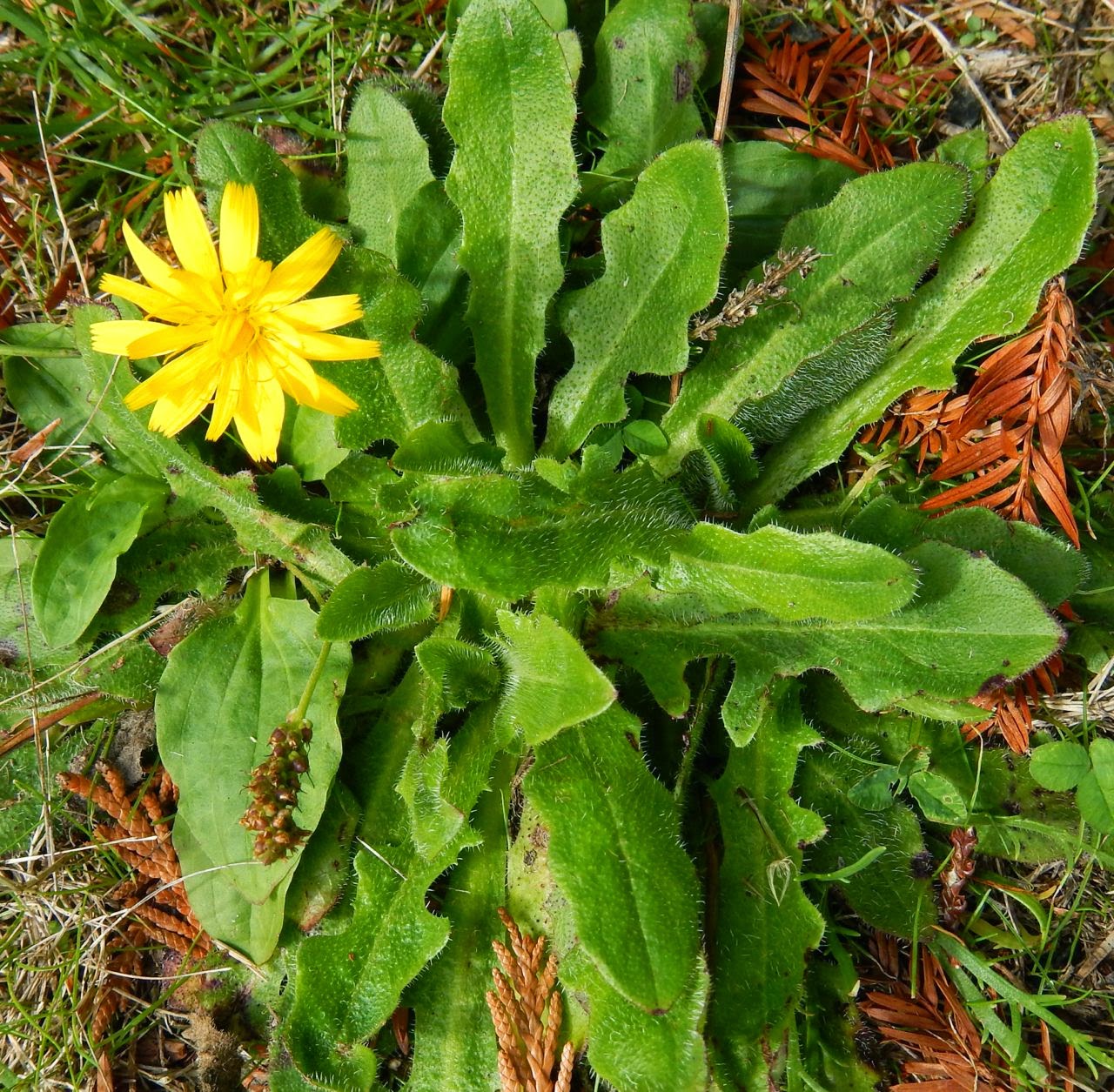Kathleen Sayce
My
glass of wine was buzzed by a fruit fly last week. A few hours later, it drowned
in the dregs left in the glass. From early summer into fall, fruit
flies are common in homes. There are also several species that live
in warm winter areas of North America, and spread north each summer,
rather like butterflies with northward migrations, but a lot less
attractive. Fruit flies also overwinter in buildings, and live
outside year round in warmer climates, hence the fly in the wine in
November. Despite rigorous sanitation measures, it can be impossible
to keep them out of your home by late summer. Flies spread around
neighborhoods, with successive generations making their way indoors,
following the scent of ripening fruits. Once indoors, they can live,
and overwinter, hibernating until warmer weather returns.
The
common fruit fly, Drosophila melanogaster, takes up residence in our
homes each summer. Only three millimeters long, this fly can go from
egg to adult in seven to ten days, and usually lives no more than
thirty days. It is widely used in genetic studies, due to its short
lifecycle and ease of maintenance. Females can lay one hundred eggs
per day, and perhaps two thousand over one lifetime, so if you do
nothing to stop them, your house will fill quickly with flies! Native
to the tropics in Asia and Africa, this fly lives on all continents
except Antarctica. It survives cold seasons by moving indoors, and
then expands its range each summer. It also comes north in summer,
riding along with containers of fruit. Here along the coast, this fly
probably does not survive outside, as our winters are usually too
cold. It overwinters outside in southern California and across the
southern tier of states, as do other species of fruit flies.
Flies
hang around ripening fruit, including berries, squashes, tomatoes,
apples, bananas and stone fruits. They eat juices, and lay eggs in
the fruit, and will also use vegetables. Actions that help reduce
them indoors include: wipe surfaces to clean up after food
preparation; do not store fruit or vegetables on countertops for days
to weeks at a time; clean fresh fruits and vegetables as they come
into your home, keep your garbage can covered, and the sink drains
and disposal clean.
In
a warm dry summer with ripening food outside as well as inside, you
will inevitably have problems by August or September as the summer
population explosion takes hold. If you have a compost pile outside,
locate it well away from your door, so that flies cannot quickly and
easily fly into your home. Placing a hummingbird feeder near compost
piles helps too, as hummingbirds eat fruit flies and other small
insects.
Commercial
fly traps emit carbon dioxide, ethers and other yeasty scents. You
can make your own traps using red wine, or a fermenting mixture of
fruit juice with sugar and yeast, or apple cider vinegar with rotting
fruit. Wine seems to disorient them the most, making it more likely
that they will stay in the trap and drown in the wine. I have not
tried a milk plus sugar and ground black pepper formula, but some
people say this makes the best trap of all.
The
trap requires a container. I use glass jars for traps; clear jars
help you keep watch on how many flies have been caught, and whether
the cover is keeping them inside. If they can walk out, then they
will dip into the liquid for a drink––like a smoothie for
humans––and then climb right back out and resume patrolling your
kitchen, your house and even your face for food. They are tracking
the scent of CO2 and fermentation juices when they fly around your
face, not that this is appreciated by us!
Covers
to keep the flies inside the trap include cones of paper with narrow
openings at the bottom, taped down to jars, so that they cannot fly
out. Long cones (more than 2 inches long) in tall jars (more than 6
inches tall) seem to work better than short ones; some flies figure
out that they can walk around short cones to their freedom. Another
cover is plastic wrap over the top of a jar with a few small holes in
it, about one millimeter wide or slightly larger, pricked with a
toothpick. They wriggle in via the holes, feed on the liquid inside,
and then can't get out. Or use a plastic baggie with one corner
snipped open (very small opening—just large enough to let the fly
get in, 1-2 millimeters), placed over the top of the jar or glass.
Smooth the baggie down inside to make a cone with the hole near the
wine, vinegar or yeasty fruit juice inside the glass, and anchor it
with a rubber band on the outside.
To
dispose, you can dump the contents into soapy water for ten minutes,
then wash down the drain, or dump outside, well away from any doors.
Then you can clean and fill your trap for the next round. Cleaning
and refreshing the trap every week seems to help get the last flies
each fall. Mid to late fall is a good time to get the flies out of
your house, and reduce the odds that they will overwinter indoors.





























